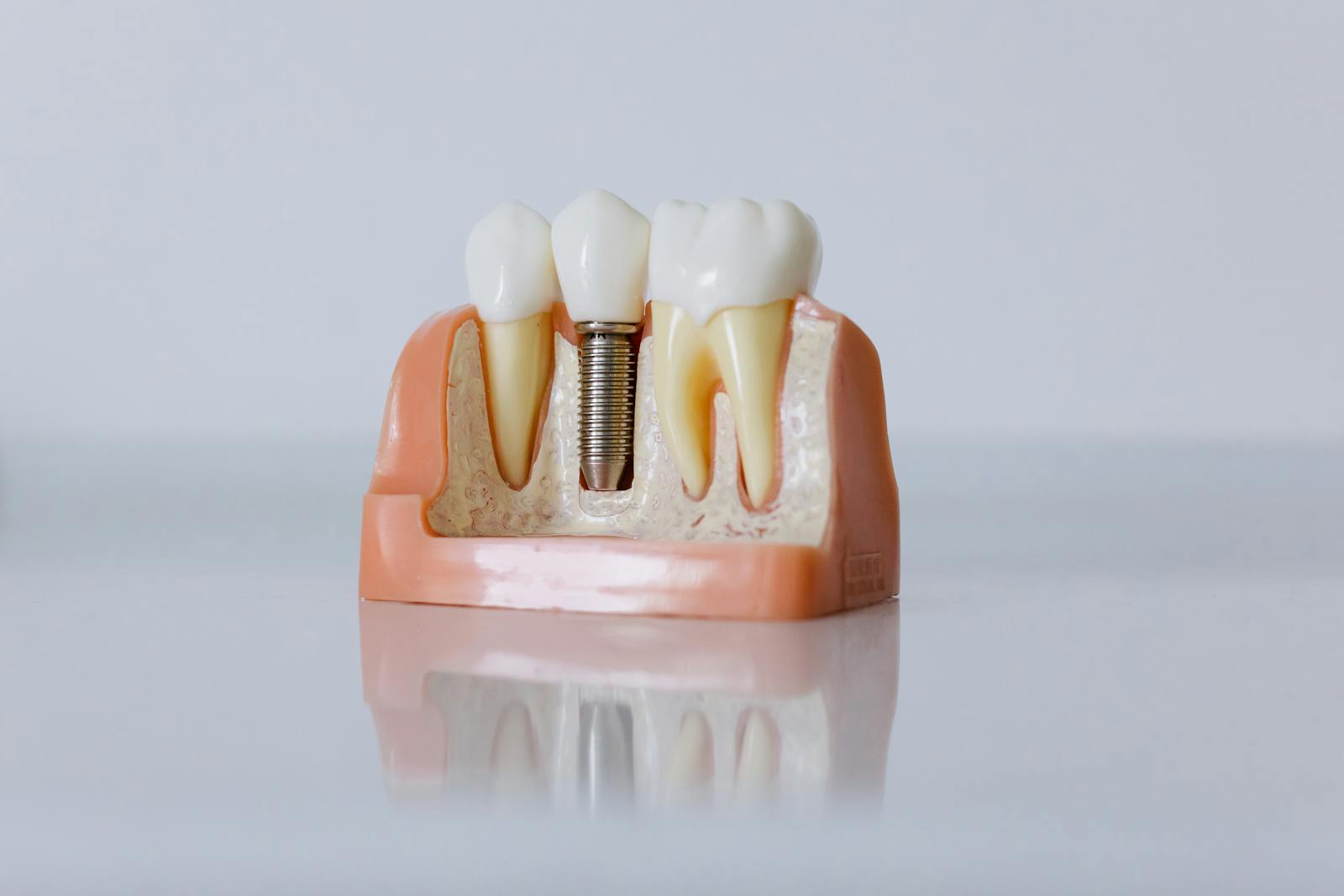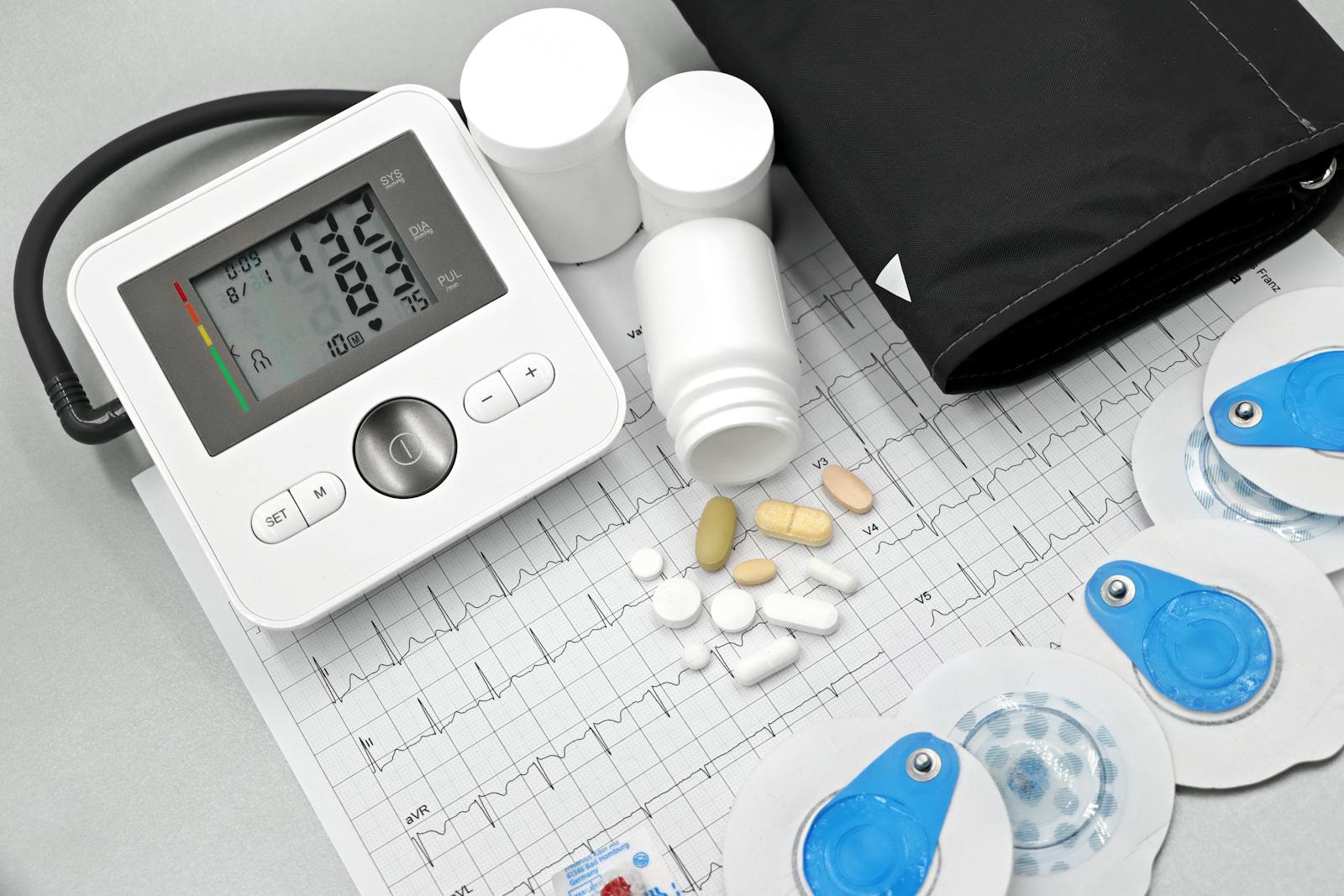Dental implants have shifted the options for tooth replacement away from solutions that compromise neighboring teeth and toward restorations that restore function, comfort and confidence. For many patients — from a single missing tooth to complete edentulism — implants provide superior stability and, when properly planned and maintained, durable results. Yet not everyone is an ideal candidate: medical conditions, developmental stage, lifestyle and the local bone environment still govern timing and candidacy.
Why implants often trump removable prostheses
Unlike traditional removable dentures or fixed bridges that require the reshaping of adjacent teeth, implants replace a missing tooth without imposing irreparable change on its neighbors. That minimal invasiveness matters: implants distribute bite forces differently than removable prostheses and can reduce the long-term load on remaining natural teeth. In partial removable cases, converting to fixed implant-supported prostheses can increase the lifespan of supporting dentition by improving load distribution and eliminating the instability and tissue irritation commonly associated with removable appliances.
Quality-of-life effects for people without teeth
For patients who are completely edentulous, implants can be transformative. Conventional dentures often lack retention and stability; implants — whether supporting fixed prostheses or improved removable ones — dramatically improve comfort, chewing efficiency and the psychological security that comes with a reliable smile.
Who should consider implants now?
Simple, practical indications include patients who:
- Have lost one tooth or many teeth;
- Experience poor stability or retention with removable prostheses;
- Find their prosthesis uncomfortable or aesthetically inadequate;
- Feel insecure because of poorly fitting dentures or have experienced problems with their prosthesis;
- Have difficulty chewing as a result of their current prosthetic solution.
Older, fully edentulous patients often benefit most, provided the clinician evaluates the quantity and quality of the jawbone and plans treatment accordingly.
Who is not a good candidate — and why timing matters
Implant surgery is predictable and safe for many, but it is contraindicated or ill-advised in certain circumstances. The article highlights the following groups:
- People with severe systemic illnesses (for example, leukemia);
- Patients undergoing active cancer treatments such as radiotherapy or chemotherapy — implants should wait until treatment is complete and the oncologist approves intervention;
- Patients with uncontrolled diabetes — diabetics face higher infection risk, and even those with controlled diabetes require strict perioperative monitoring;
- Individuals with psychiatric disorders that prevent cooperation with care;
- Children and adolescents who have not completed craniofacial growth (roughly until 15–16 years);
- Pregnant women — elective implant procedures are best deferred until after delivery;
- Smokers and people dependent on substances, given the elevated risk of complications and healing problems.
These considerations aren’t absolute bans in every case, but they do shape timing: the right moment for implantation is often when systemic issues are controlled, growth is complete, and the patient can commit to hygiene and follow-up.
Outcomes and failure modes
Contemporary data report implant success rates above 95% when implants osseointegrate and prostheses are properly planned. That high success rate has made the technique predictable and widely accepted. Failures that do occur tend to stem from local infection, premature mechanical overload, inadequate hygiene, or patient systemic conditions that compromise healing. Most of these failures are preventable with careful case selection, meticulous surgical technique and postoperative maintenance.
Long-term follow-up
Clinical follow-up studies of implants span roughly four decades, and the evidence shows stable results over time when patients adhere to daily oral hygiene and routine maintenance visits. The evidence underscores a simple truth: success is as much about long-term care as it is about the surgery itself.
Practical checklist before you schedule an implant
- Obtain a full medical history and confirm there are no untreated systemic issues that would increase surgical risk.
- Assess bone quality and quantity with appropriate imaging — insufficient bone will require grafting or alternative planning.
- Discuss smoking and substance use frankly; cessation improves outcomes.
- Confirm patient commitment to oral hygiene and periodic professional reviews.
- Coordinate with medical specialists (e.g., oncologists, endocrinologists) when systemic disease is present.
Suggestion: If you’re considering implants, ask your dentist for documented success rates at their practice and examples of similar cases they’ve treated. That evidence — combined with thorough preoperative assessment — is the single best predictor of a favorable outcome.
Implants are a durable, often superior option for tooth replacement, but timing is not automatic. The ideal moment depends on medical fitness, skeletal maturity, local bone conditions and the patient’s willingness to maintain oral health. With careful planning and follow-through, implants can eliminate many of the frustrations of removable prostheses and deliver long-lasting functional and psychological benefits.




